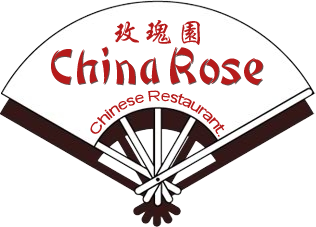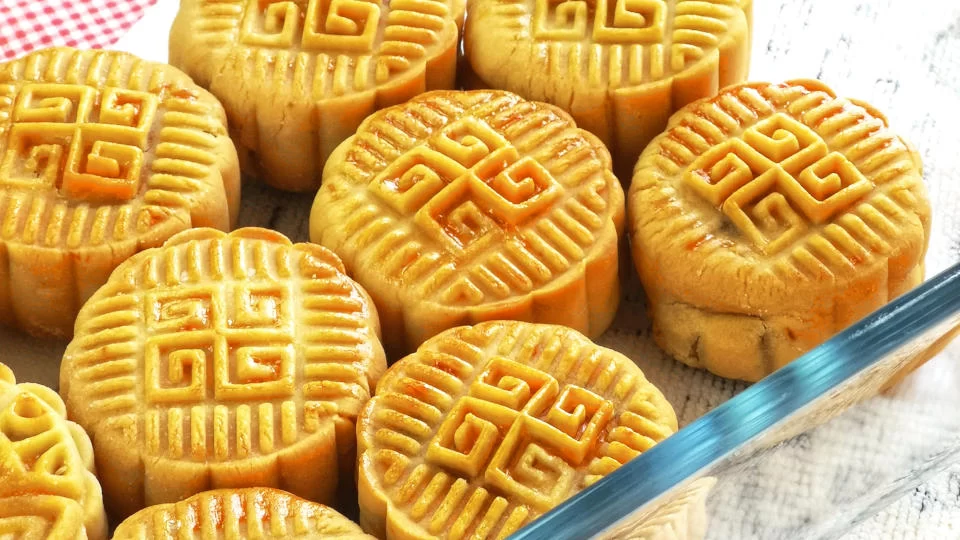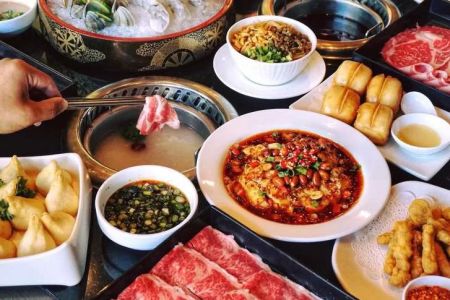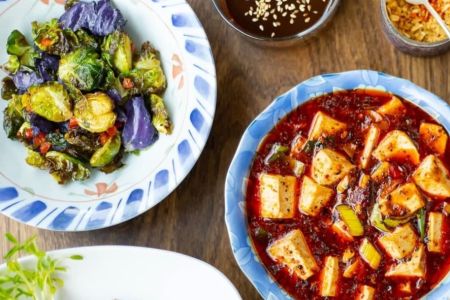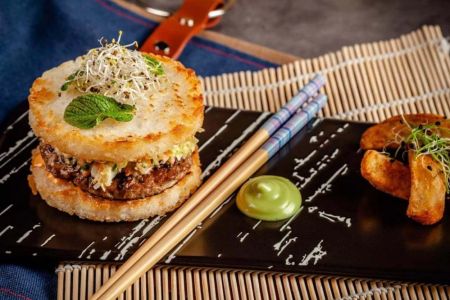Making Traditional Chinese Mooncakes: A Delicious Tradition for the Mid-Autumn Festival
The Mid-Autumn Festival, a celebration of the harvest and a time for family reunions, holds a special place in Chinese culture. One of the most iconic and beloved traditions during this festival is the making and sharing of mooncakes. As an American living abroad, I found myself fascinated by the intricacies of this sweet, pastry-like treat and decided to delve deeper into how to make these traditional Chinese mooncakes. Now, let me share with you not just the recipe but the cultural essence that makes mooncakes such an integral part of the celebration.
The Meaning Behind Mooncakes
Before we dive into the recipe, it's important to understand why mooncakes are so significant. The Mid-Autumn Festival, also known as the Moon Festival, is celebrated on the 15th day of the 8th month of the lunar calendar. This marks the full moon, symbolizing unity, completeness, and reunion. Sharing mooncakes with family and friends is a way to express wishes of health, happiness, and harmony. The round shape of the mooncakes mirrors the full moon, reinforcing these sentiments of togetherness.
The most common filling for mooncakes is lotus seed paste, but variations abound. Some people enjoy mooncakes filled with salted egg yolks, red bean paste, or even a mix of nuts and dried fruits. As the holiday season approaches, many families begin preparing their mooncakes, often spending hours together in the kitchen, making this an event of joy, sharing, and bonding.
Ingredients for Traditional Chinese Mooncakes
To make authentic mooncakes, you'll need a few essential ingredients. Don’t worry; even if you’ve never made them before, they are relatively simple to put together with the right tools and a little patience.
- Mooncake Dough: This dough is soft and slightly sweet, made from golden syrup, lye water (which helps with texture and color), and all-purpose flour.
- Lotus Seed Paste: The most common filling, made from cooked lotus seeds, sugar, and a bit of oil. You can also substitute with red bean paste or black sesame paste.
- Salted Egg Yolks: These are optional, but they add a rich flavor and symbolic meaning of longevity and prosperity.
- Melon Seeds or Nuts (Optional): For a crunchy texture, some recipes incorporate nuts like almonds or melon seeds.
- Mooncake Mold: A traditional mooncake mold gives the cake its intricate design, which is an important visual element of mooncakes.
Step-by-Step Guide to Making Mooncakes
Now that we have all the ingredients, it’s time to roll up our sleeves and get into the fun part – making the mooncakes!
1. Preparing the Dough
Start by combining the golden syrup, lye water, and vegetable oil in a bowl. Whisk them together until smooth. Gradually sift in the flour, mixing as you go. Once everything is incorporated, knead the dough until it’s smooth and pliable. You should let the dough rest for about 30 minutes to allow it to firm up a bit. This rest period is crucial for achieving the right texture.
2. Preparing the Filling
Next, let’s prepare the lotus seed paste. If you’re using store-bought paste, you’re good to go. But if you’re making it from scratch, you’ll need to cook the lotus seeds in water until soft, then blend them into a smooth paste with sugar and oil. For a more traditional touch, gently press salted egg yolks into the filling.
3. Assembling the Mooncakes
Once your dough and filling are ready, it’s time to assemble the mooncakes. Divide the dough and filling into equal portions. Each portion of dough should be about twice the size of the filling. Flatten the dough into a round disk and place the filling in the center. Gently fold the dough over the filling, sealing the edges to create a smooth ball. Make sure it’s well sealed so the filling doesn’t leak out during baking.
4. Molding the Mooncakes
Here’s where the magic happens. Use your mooncake mold to press a beautiful pattern into the dough. Be sure to dust the mold with a little flour to prevent sticking. Once your mooncake is molded, place it carefully onto a baking tray lined with parchment paper.
5. Baking the Mooncakes
Preheat your oven to 350°F (175°C). Gently brush the mooncakes with an egg wash (a mixture of egg yolk and water) to give them a golden, glossy finish. Bake for about 10-12 minutes, or until the mooncakes are lightly golden. Let them cool completely before serving. You’ll notice that the mooncakes will firm up and develop their signature flavor after resting for a day or two.
Story Time: My First Experience Making Mooncakes
I’ll never forget my first time making mooncakes. I had recently moved to China and was curious about the traditions surrounding the Mid-Autumn Festival. One of my new friends invited me to her home to make mooncakes together. It was a bonding experience that transcended language barriers. We laughed, shared stories, and savored the process of creating something so integral to Chinese culture. The act of rolling the dough, filling it with sweet lotus paste, and pressing it into a mold felt like a celebration in itself. When the mooncakes came out of the oven, they looked beautiful and smelled heavenly.
Sharing those mooncakes with her family was a moment of connection that I will never forget. It wasn’t just about the mooncakes – it was about the love, respect, and traditions that were passed down with every step of the process.
Why You Should Make Mooncakes This Mid-Autumn Festival
Making mooncakes is more than just a culinary activity – it’s a way to connect with your heritage, celebrate a cultural tradition, and create lasting memories with your loved ones. Whether you’re in China or anywhere around the world, the act of making and sharing mooncakes can bring a sense of togetherness and joy that transcends borders.
So, this Mid-Autumn Festival, I encourage you to try your hand at making traditional Chinese mooncakes. It’s a rewarding experience that not only fills your home with the delicious aroma of freshly baked treats but also lets you connect with a deep cultural tradition that celebrates family, unity, and the harvest moon.
